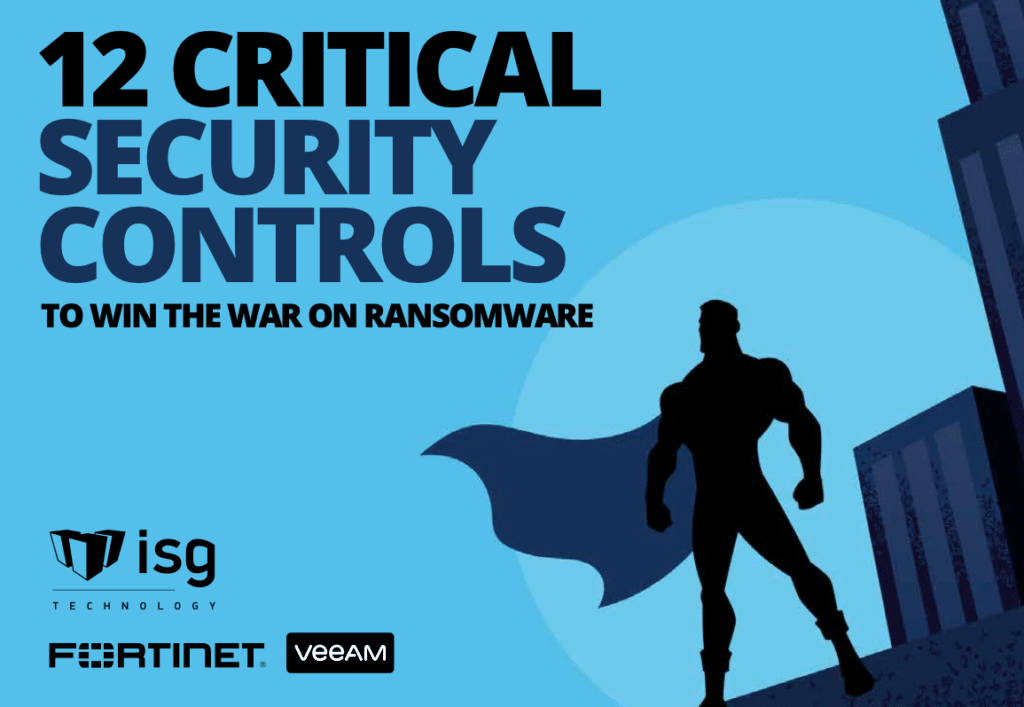End-of-Life Systems Replaced or Protected
In the realm of cybersecurity, protecting or replacing end-of-life systems is paramount. Malicious actors can exploit outdated systems, which leads to data breaches, financial losses, and reputational damage.
End-of-life software, like Windows Server 2003 and Windows XP, have many dangers that can leave businesses exposed to potential cyber attacks:
- Lack of Security: EOL Systems lack security fixes from Microsoft, which leaves them with too many exploitable vulnerabilities.
- Software Incompatibility: EOL operating systems stop businesses from upgrading to the latest optimized applications. This situation forces companies to hold onto outdated applications that are likely also end-of-life.
- Compliance Nightmares: Non-compliance due to using decade-old OS versions or insecure applications can lead to substantial fines, business closures, and even legal repercussions.
5 Practices to Instill Lifecycle Management
Lifecycle management refers to the systematic approach of managing a product, system, or service across its entire lifecycle. From conception and design, through production and use, to its eventual retirement and disposal, lifecycle management aims to optimize performance, cost, and sustainability. Start employing this method with the following strategies:
1. Inventory Checks
Regular software and hardware inventory checks are fundamental. This involves identifying all systems in use, understanding their current status, and promptly addressing any outdated components.
2. Patch Management
Patch management is just as critical as inventory checks—companies must apply security patches and updates promptly to safeguard systems against known vulnerabilities.
3. End-Of-Life Policy
Implementing a strict end-of-life policy is vital. This policy should outline clear guidelines for retiring outdated systems and replacing them with up-to-date alternatives.
4. Audits & Assessments
Regular security audits and vulnerability assessments help identify weak points, which allows organizations to proactively address security issues before they are exploited.
5. Cloud-Based Services
Incorporating cloud-based services and virtualization can extend the life of systems by allowing organizations to move away from physical infrastructure, thus reducing the need for constant hardware upgrades.
Put a lifecycle management plan together today to ensure you won’t be the next easy target for cyber criminals who prey on end-of-life systems.
Read On
If you’re interested in learning more about the controls needed to secure cyber insurance, be sure to check back tomorrow at 9 AM CST for our segment on Remote Desktop Protocol (RDP) & Network Hardening.

